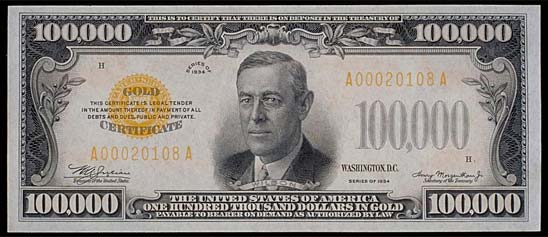One (1) ten dollar Confederate States of America paper currency. Richmond, Virginia;"Lithod. by Evans & Cogswell", "Engraved by Keatinge & Ball, Columbia, S.C.";Front Center Image: State Capitol at Columbia, S.C.;Front Right Image: R.M.T. Hunter;Plate Letter "H", CSA Serial "No.
- Description
-
One (1) ten dollar Confederate States of America paper currency. Richmond, Virginia;
-
"Lithod. by Evans & Cogswell", "Engraved by Keatinge & Ball, Columbia, S.C.";
-
Front Center Image: State Capitol at Columbia, S.C.;
-
Front Right Image: R.M.T. Hunter;
-
Plate Letter "H", CSA Serial "No. 32085", "January 1864" in red;
-
Back Image: Ten "X"s inside medallions in an x-formation;
-
Back Text: "Ten Dollars" on banner Above and Below "X"s;
-
Punch Canceled.
-
Between the winter of 1860 and the spring of 1861, eleven Southern states broke away from the United States to form a new country, the Confederate States of America (CSA). As a fledgling nation, the Confederacy faced two obstacles: to create a sense of national unity and to arm its troops to wage a modern war. Money connected both issues—it would celebrate the new nation and finance the war. On March 9, 1861, the CSA authorized a national currency.
-
Between 1861 and 1865, the new government issued Confederate currency on eight separate occasions. Each issuance pumped millions of dollars into circulation. Counterfeiters added to the deluge with freshly made fakes. The result was a staggering amount of paper money and massive inflation. The CSA responded to the problem by recalling, cancelling, and burning old notes to remove them from circulation. The first official recall on February 17th, 1864, came after two years of less harsh—but unsuccessful—efforts to reduce the volume of currency in circulation.
-
The problem of what to do with all of the recalled money fell to the Confederate Treasury Department, which enlisted the help of banks and depositories. Historian and numismatist Douglas Ball identified three primary strategies used to cancel currency. Machine-powered circular punches were preferred by the Treasury, while banks canceled currency by striking it with bank hammers, which left two x-shaped slices on the note. Depositories also used bank hammers, but sometimes opted to cut the notes with scissors, leaving two small triangles along the bottom edge.
-
Once cancelled, all notes were sent to the Confederate Treasury in Richmond, Virginia, to be burned. Some notes escaped destruction. At war’s end, the Union Army confiscated the notes along with Confederate government records to investigate a possible connection between the Confederacy and President Abraham Lincoln’s assassination.
-
Today, researchers examine Confederate Currency seeking clues about the economic, social, and technological underpinnings of the South during the Civil War. Smithsonian curator and historian Richard Doty has discovered physical evidence of some of the extraordinary measures people undertook to keep their money in circulation. Stitches, postage stamps, pieces of newsprint, and even fragments of love letters were used to reinforce torn notes.
-
The careful repair of Confederate currency was done for reasons that had nothing to do with simple economics. Money has always been seen as an emblem of sovereignty. So if people simply allowed their money to disintegrate –and some must have been tempted in that direction, as the value of their money had shrunk almost to the vanishing point by the final months of the war– what did that say about their belief in the Cause?
- Location
-
Currently not on view
- date made
-
1863
- ID Number
-
1998.0063.0183
- accession number
-
1998.0063
- catalog number
-
1998.0063.0183
